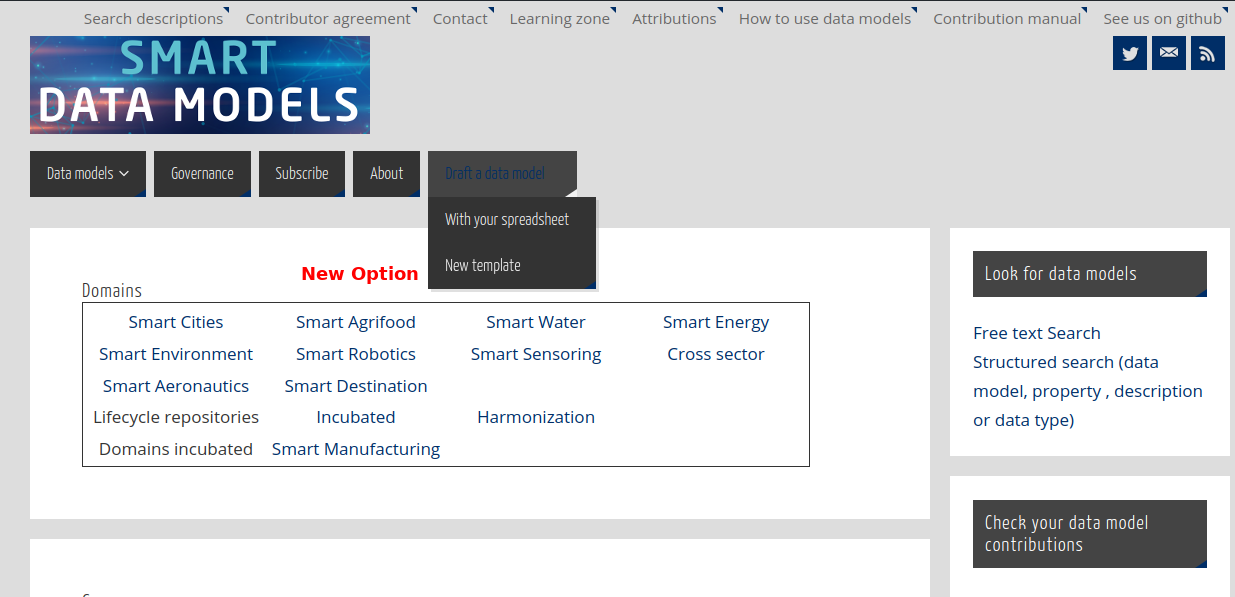The file common-schema.json compiles those properties massively used across the different data models in the different domains.
The property userAlias has been included to store those anonymous identifiers of a user that cannot be traced back to the user.
It can be referenced in any data model just by including this code
“userAlias”: {
“$ref” : “https://smart-data-models.github.io/data-models/common-schema.json#/definitions/userAlias”
}







